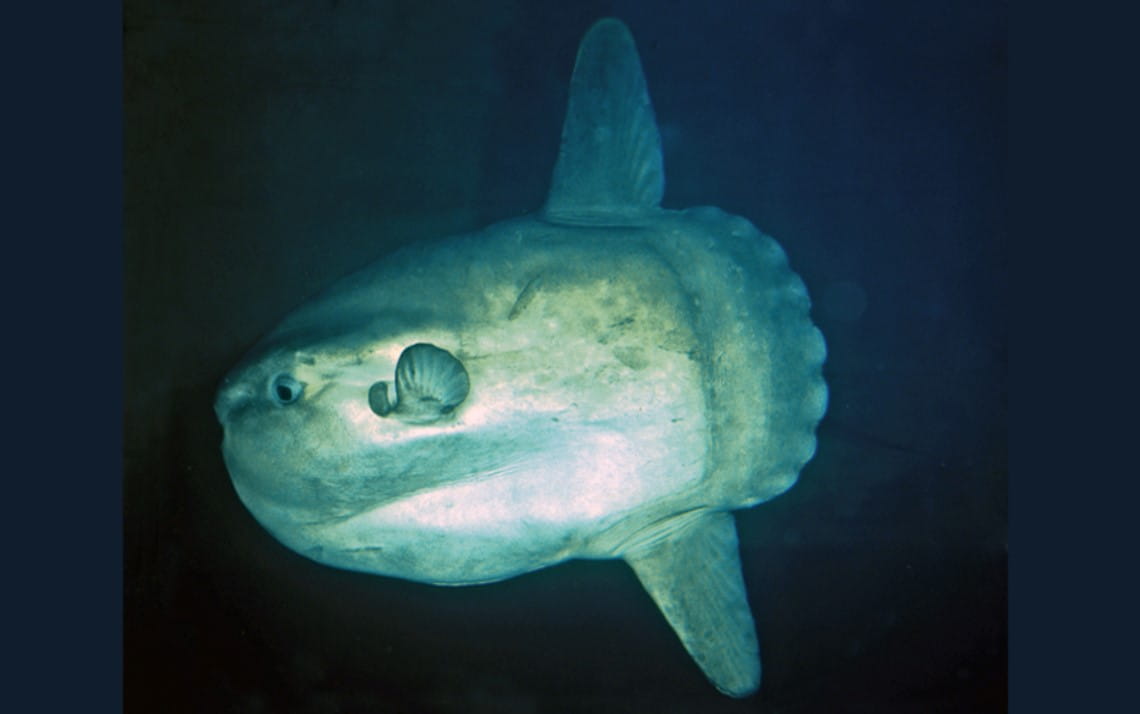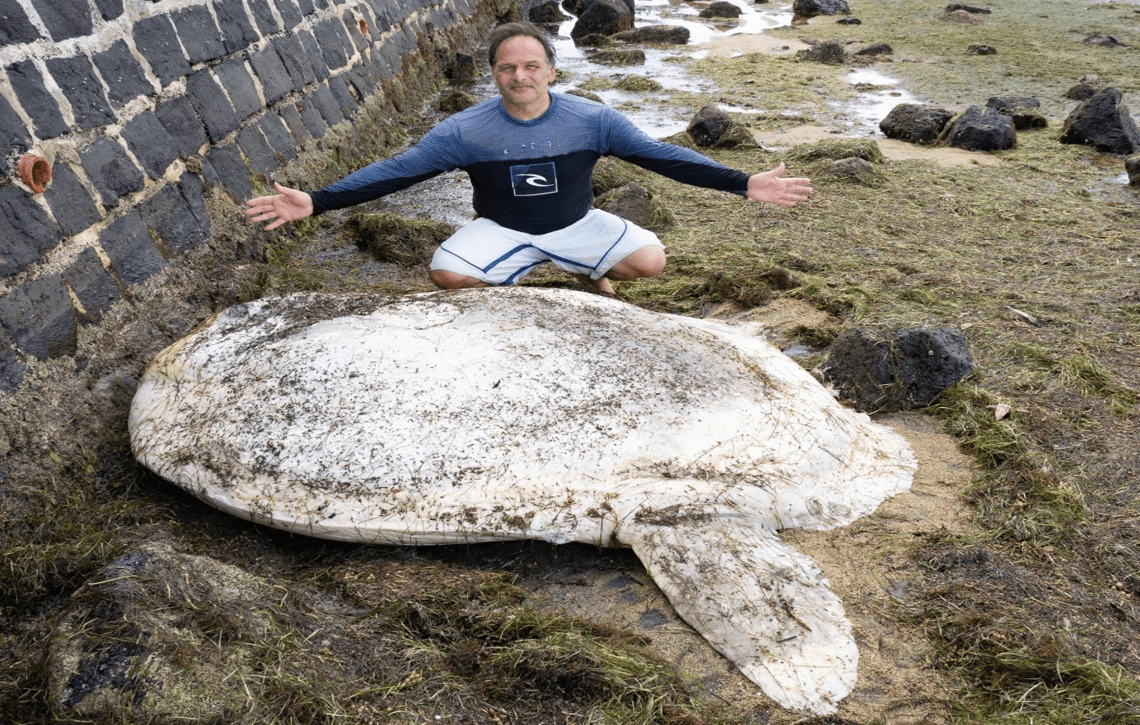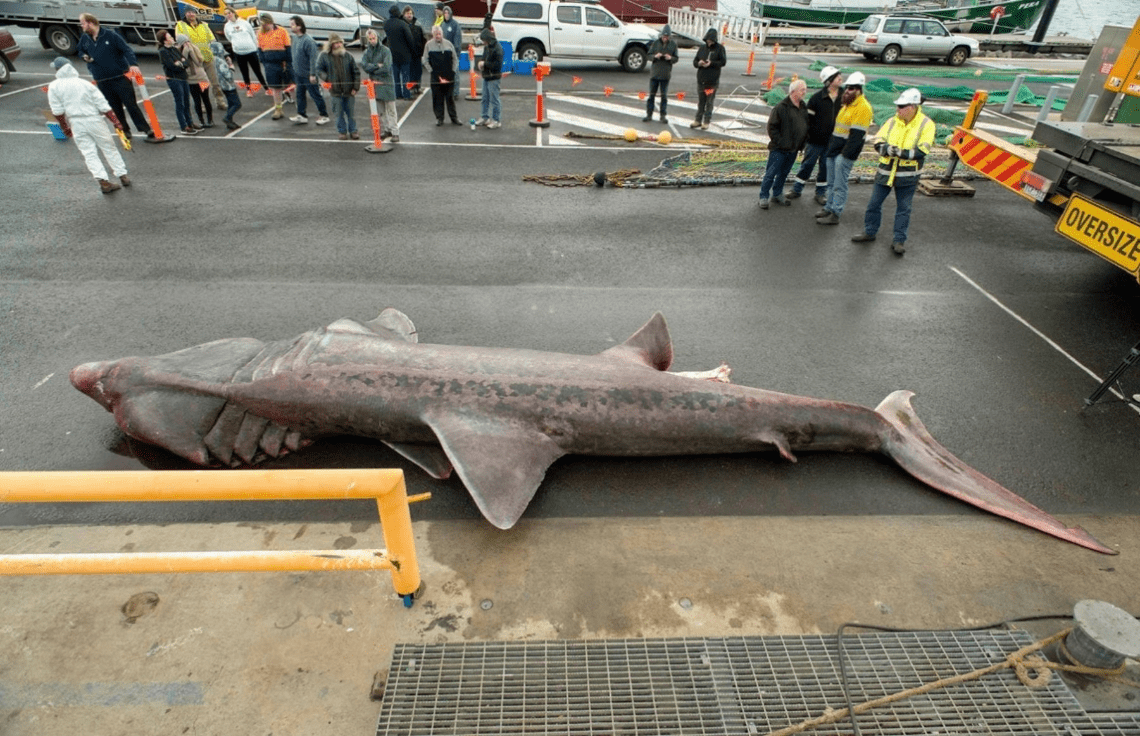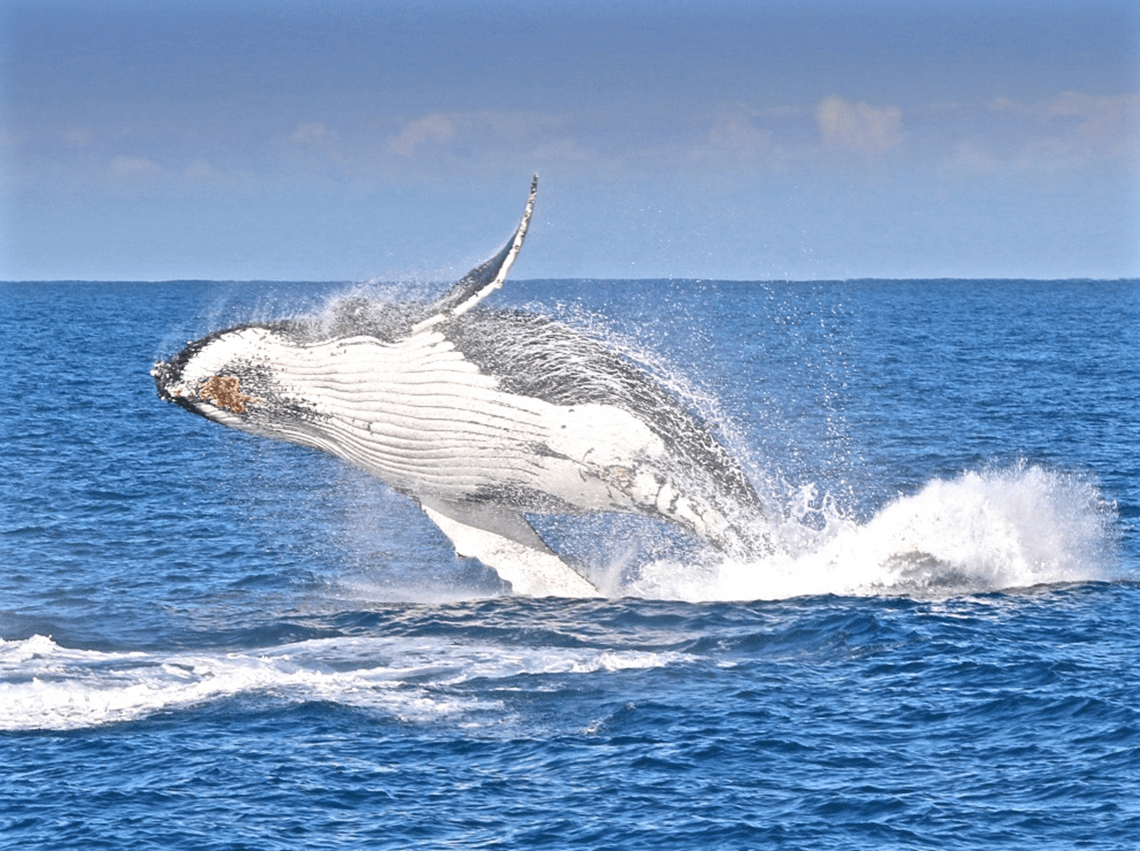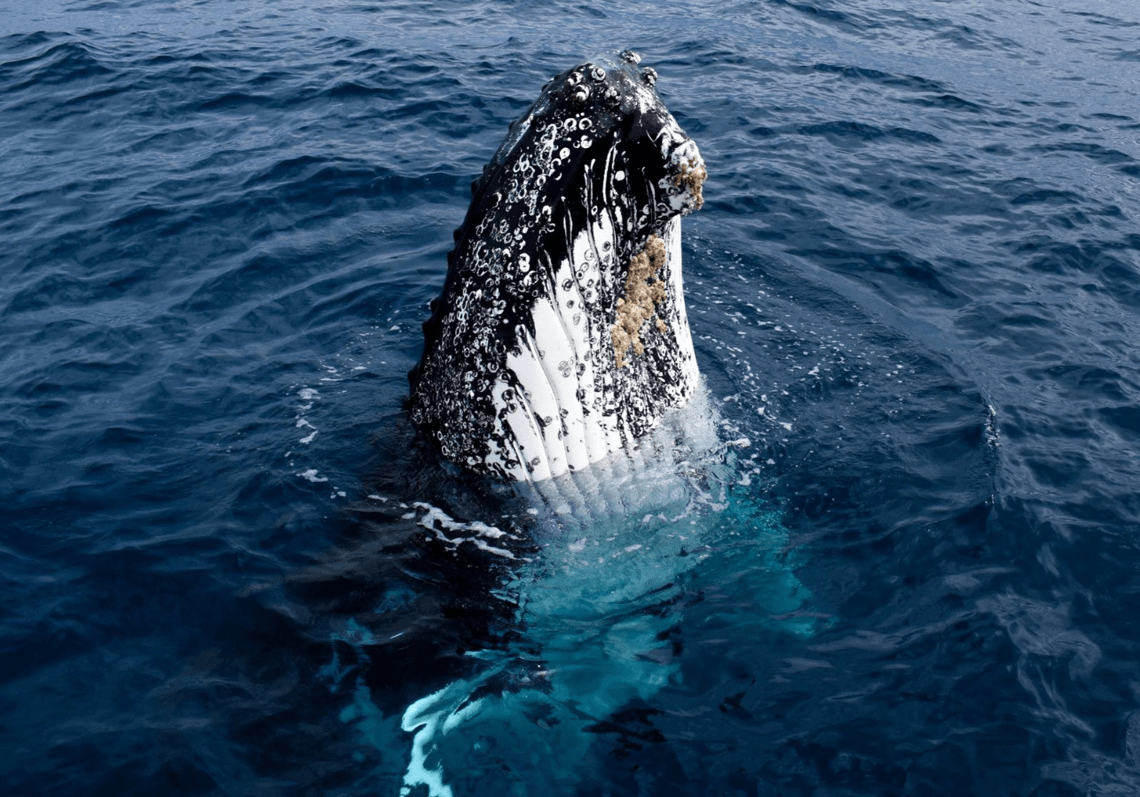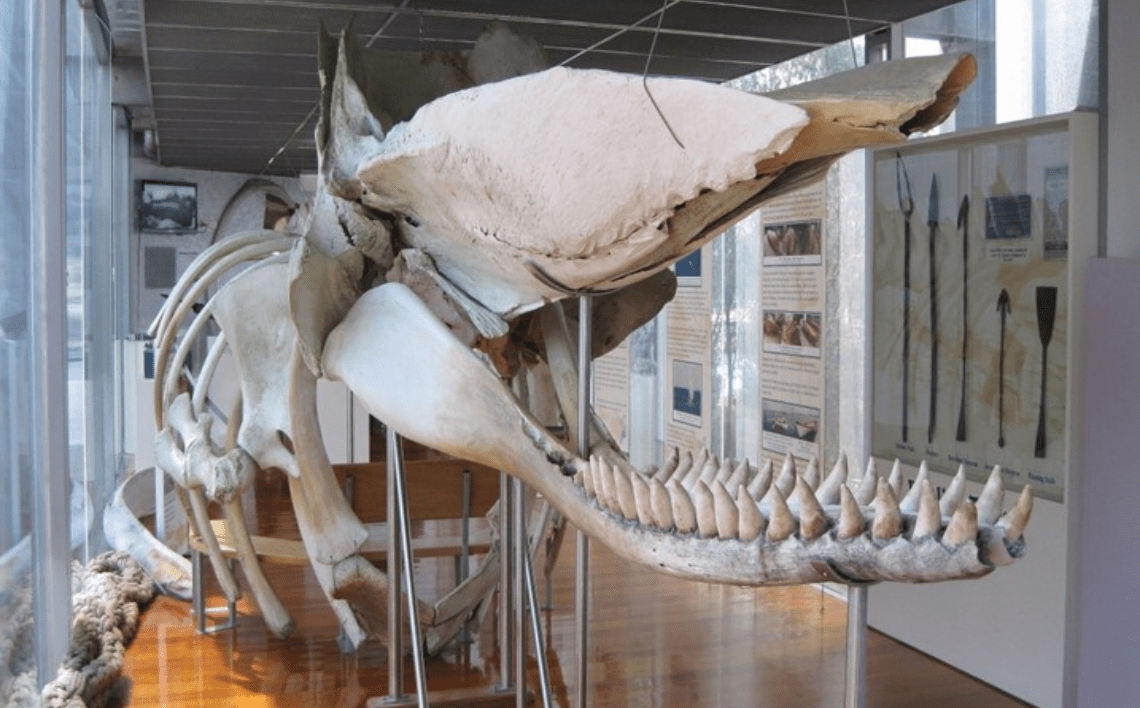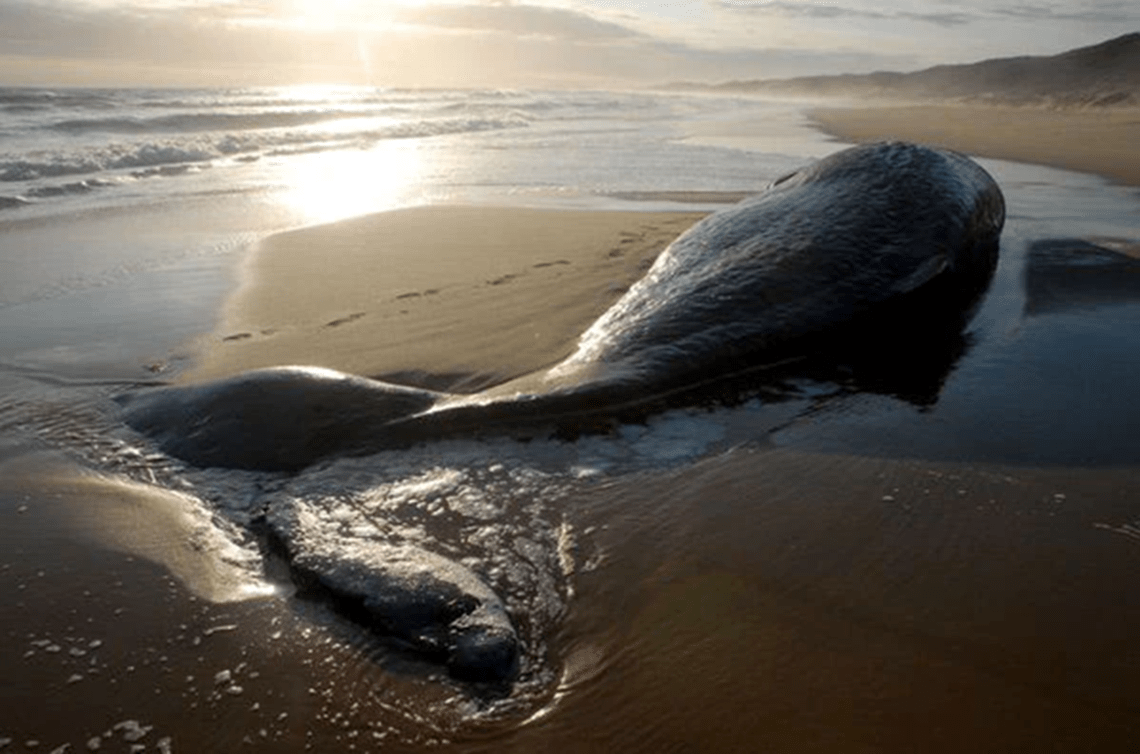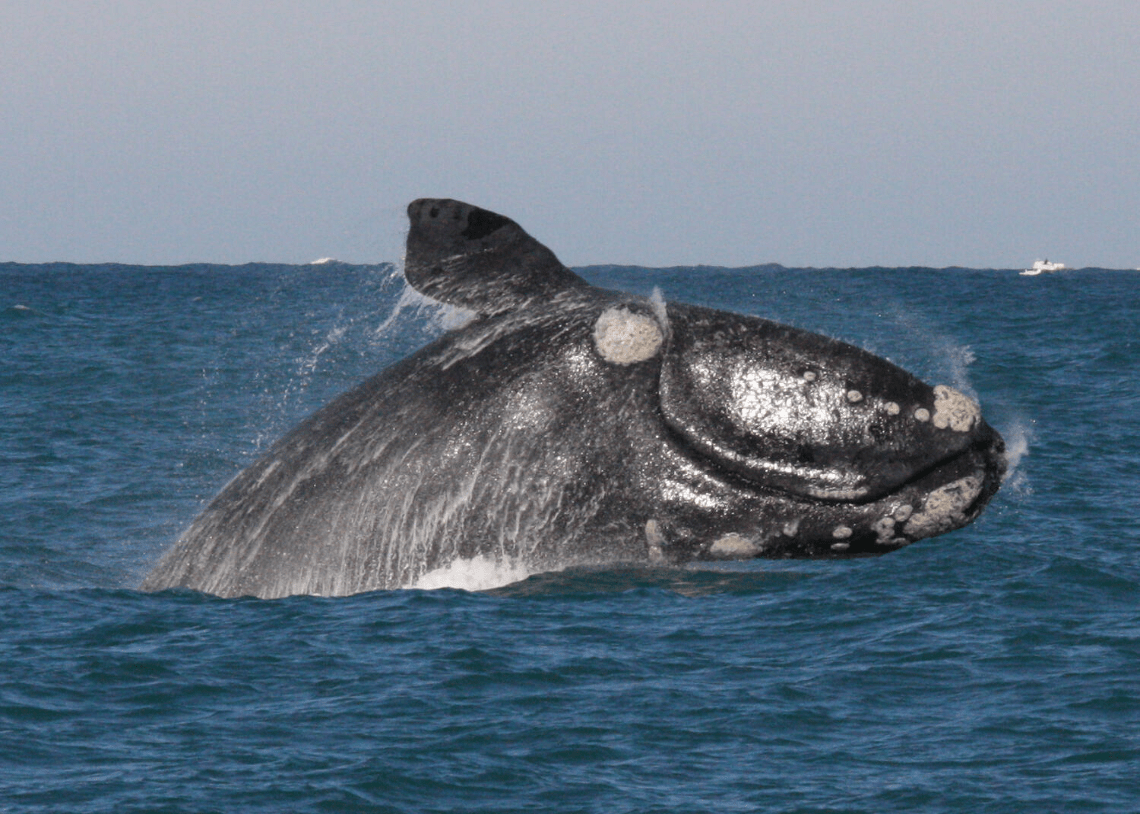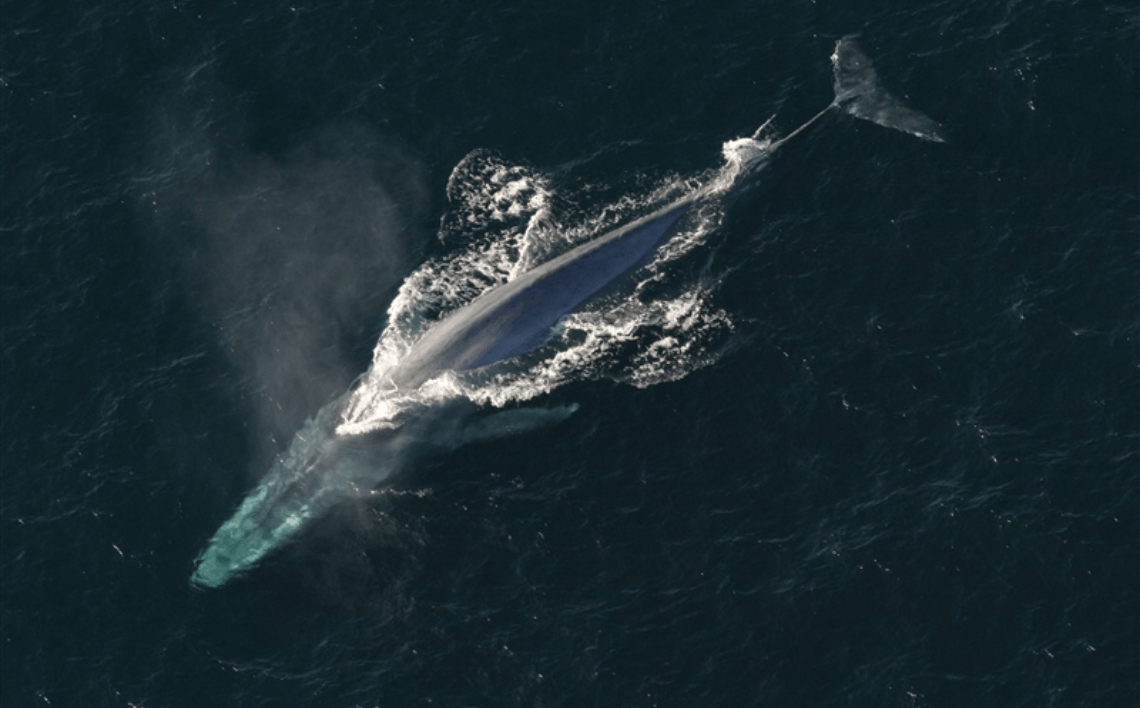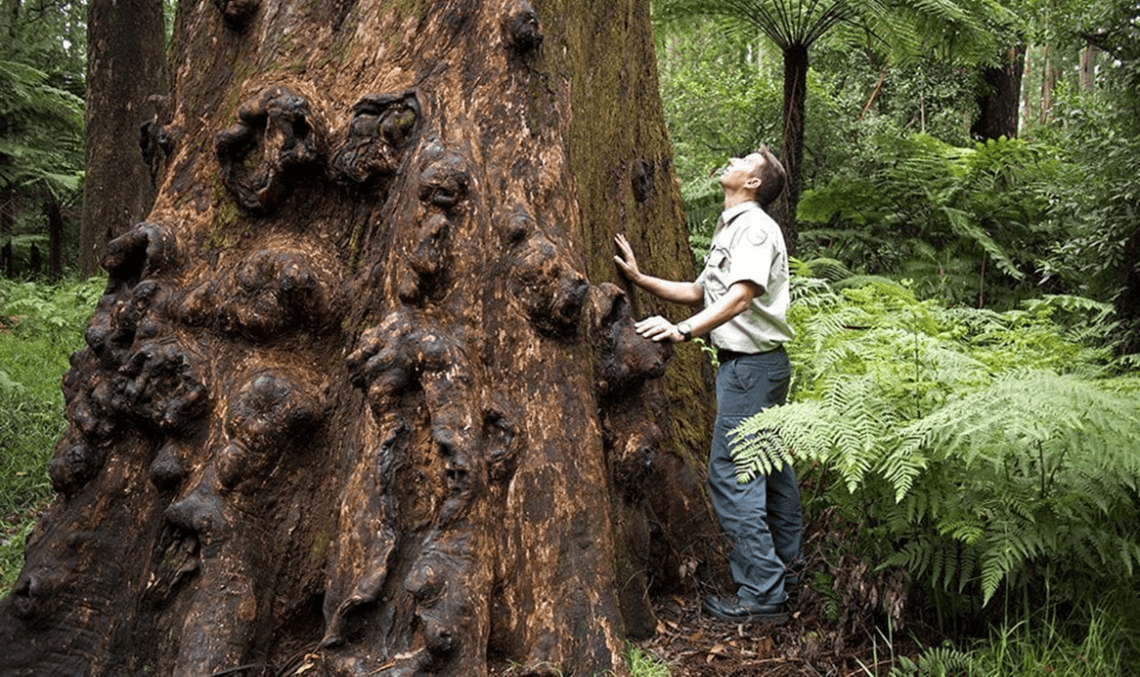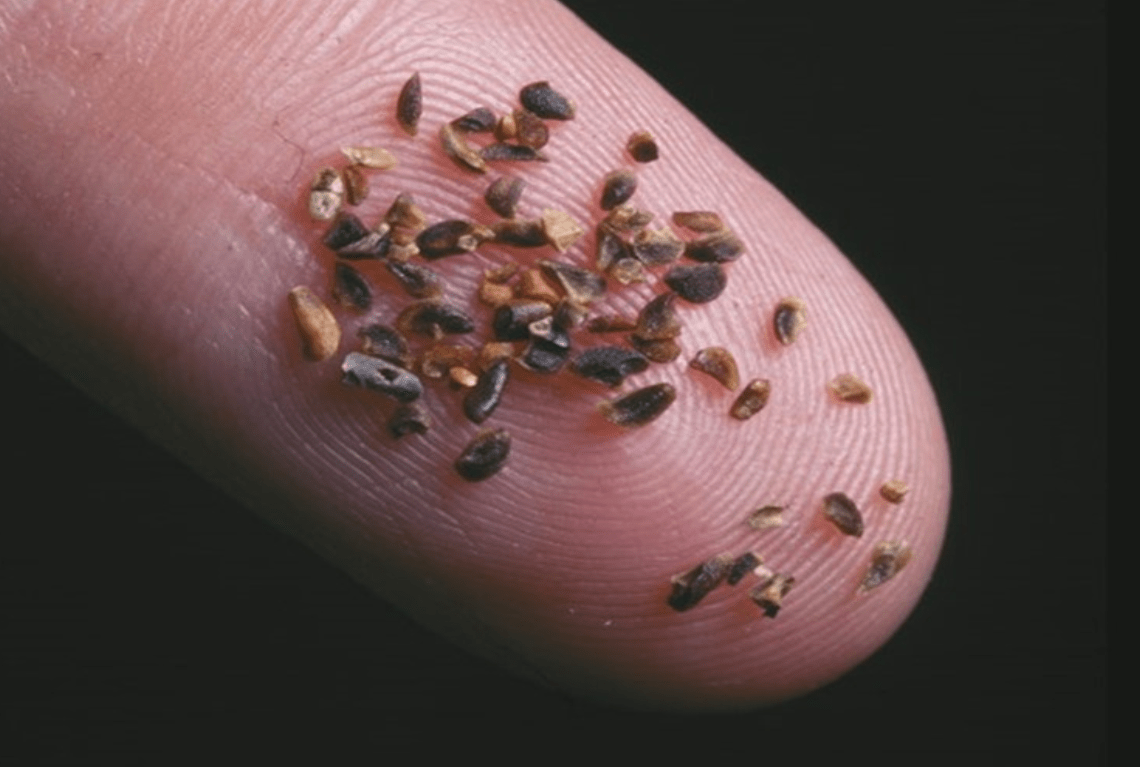It's BIG, but how big is it? You might have already heard the news; the Blue whale (Balaenoptera musculus) may have been dethroned as the biggest animal that has ever lived! An enormous fossil whale from the deserts of Peru has been uncovered that may DWARF even the mightiest blue whale: Could this ancient whale be the heaviest animal ever? It got us thinking; where might you see the biggest animals that reside within Victoria's unique and diverse landscape? We are spoilt for choice, with more than 3000 land and marine parks in the state.
So, lets "dive" into the deep end, starting from the smaller side of the size spectrum:
Sunfishes: 2-2.3 metric tonnes (Dual Cab Ute)
These bullet-shaped fish are the largest bony fishes in the entire world. Their alien-like appearance is a little unsettling, but don't worry; they're mainly interested in soft gelatinous invertebrates, such as siphonophores (closely related to jellyfish) and sea-jellies. There are three species known within Victorian waters and are often seen basking at the surface to warm up their body (thus the name "sunfish"). Back in 2019, a moderately sized individual washed up at Ricketts Point Marine Sanctuary, located on the traditional Sea Country of the Bunurong People.
While large Sunfish are considered rare in Port Phillip Bay (and infrequent visitors), Ricketts Point Marine Sanctuary has several unique animals; experienced divers and snorkelers can explore the offshore sandstone reefs and sea caves inhabited by schools of Port Jackson Sharks and Southern Fiddler Rays immersing themselves in the sand. The rockpools are squirming with marine life, thanks to the twenty years of protection given to this marine park under Victoria's National Parks legislation.
The oceanic Sunfish (Mola mola) is a prolific breeder, with a single female capable of laying more than 300 million eggs. Credit: Rudie H. Kuiter.
This sunfish at Ricketts Point Marine Sanctuary could be smelt before it was seen. Image credit: David Reinhard
Basking Sharks (Cetorhinus maximus): 5-6 metric tonnes (Fully equipped Ambulance)
These MEGA-chonky filter feeding sharks can grow over 10 metres in length, which makes them the second largest shark in the world (behind the ultimate fishy ChOnK, the whale shark). They have only been caught a few times within Victorian waters, most recently with the individual in the image below that was accidentally captured near Portland (western Victoria) back in 2015. Only three have been caught in Victorian waters over the last 160 years, and with each case, the trawlers did not intend on targeting them. Despite this, each individual has been donated to the state repository and used to further our knowledge of the species in Victorian waters.
These immense filter feeders rely on the water passed through their gills and the tiny zooplankton getting trapped on gill rakers (the shark equivalent of baleen).
The adjacent marine areas near Portland are famous biodiversity hotspots (such as Discovery Bay Marine National Park, located in the cultural landscape of the Gunditjmara people), most notably due to the Bonney nutrient upwelling that occurs from November through to May.
This 2770 ha Marine National Park contains important examples of Victoria's marine habitats, and supports colourful seaweeds, flocks of oceanic seabirds (such as Australasian Gannets), large colonies of Australian fur seals and occasional visitors such as sperm whales and southern right whales.
This 6.3-metre-long individual was accidentally caught near Portland, Victoria by a fishing trawler. Its carcass was donated to science to measure, describe, and take samples which Museums Victoria used to gain rare insights into this little-known species. Image Credit: Museums Victoria.
Humpback Whales (Megaptera novaeangliae): 45 metric tonnes (Three Double-Decker buses)
Humpbacks are thought to be the most acrobatic of all whales, flinging their 40-tonne mass into the air during their annual migrations. Credit: Renee de Bondt.
Give us a wave! Humpbacks are readily distinguished by their ENORMOUS flippers, which can be more than 4 metres in length. They're currently cruising past Victoria on their annual migrations to warmer waters and can be seen in large numbers passing Wilsons Promontory Marine National Park.
Wilsons Promontory Marine National Park is naturally cooled by the waters emanating from Bass strait. Its geographical position as the southernmost point of mainland Australia emphasises its importance as a current and future climate refuge, as human mediated climate change accelerates. Thousands of Humpbacks will pass through this marine park throughout Winter to reach warmer waters further north.
Fun fact: the tubercules (bumps) on their upper and lower jaw each have a single hair follicle growing inside of them. Their hair is a hint of a time by-gone; when whales once walked on land, over 50 million years ago. Credit: Wildlife Coast Cruises
Sperm whale (Physeter macrocephalus): Males can weigh more than 50 metric tonnes (average Military Tank)
The skeleton of a 14-metre-long Sperm whale is on display at the Portland Maritime Discovery Centre. Check out those incredible teeth, all located in the lower jaw. Credit: Portland Maritime Discovery Centre.
Sperm whales hold the accolade of being one of the biggest toothed predators that may have ever existed. Their lower jaw holds more than 40 of these teeth (some are bigger than a coke can), and the large males use them to fight with one another. It's still hotly debated whether they use their teeth to feed with (as they rely on their piston-like tongue to suck in prey).
Males are known to leave deep scars along their flanks fighting amongst one another, but humans have never witnessed them doing this before. Little is still known about their behaviour, but their populations (like most whale species worldwide) were decimated throughout the last two centuries, as they were hunted for their oil. Australia banned all whaling practices in 1978 and all whales are now protected in Australian waters.
The beach after a stranding may ooze stinky oils from the whale for months thereafter. Credit: DEECA
The above individual washed up in the important Aboriginal cultural landscape of Cape Conran Coastal Park back in 2015 and attracted numerous Great White sharks in nearby waters. The cause of death was unknown, but whale strandings do occur naturally from time to time. Parks Victoria works with DEECA and other agencies to monitor all whale strandings along the Victorian coastline and will collect samples where appropriate for scientific investigation.
Southern Right Whale (Eubalaena australis): more than 80 metric tonnes (Space Shuttle Endeavor)
Areas of thickened skin, often adorned with barnacles on their face, make them easily distinguishable from other whales. Credit: Museums Victoria
These whales can be confused for debris moving slowly at the surface, and often come close to the shoreline. The Australian Southern Right Whales were hugely affected by hunting in Victoria; their populations have not recovered, as females are infrequent breeders and may only produce one calf every 3-5 years. Can you imagine giving birth to a baby that weighs more than a hatchback car? These magnificent whales are currently migrating from colder waters towards Victoria, especially throughout the culturally significant areas of Wilsons Promontory Marine National Park and Discovery Bay Marine National Park.
All Parks play an important role in conserving the diversity of the state's native flora and fauna and whales are no exception; marine sanctuaries are designed to protect marine life (both big and small) for future generations.
Blue Whale (Balaenoptera musculus): more than 180 metric tonnes (The Statue of Liberty)
Fun fact: Blue whales been known to hybridise with Fin whales (the second largest whales). Image credit: NOAA Photo library.
They're unbelievably big. Prior to this new Peruvian whale fossil, the Blue whale was thought to be the theoretical biological limit for vertebrate (back-boned animal) size. Estimates for their weight vary wildly, but it's exceedingly difficult to weigh an animal that is longer than a basketball court. These whales (like all mentioned in this post) are temporary visitors to Victorian waters, migrating across oceans to feed on the glut of krill and other food that the Antarctic provides. Throughout Spring, Blue whales are often seen in deeper waters near Western Victoria, in and around the areas of Discovery Bay Marine National Park in the traditional sea country of the Gunditjmara people.
The whales, sharks and gigantic fish mentioned in this post are difficult to spot. They often move great distances and are cryptic at the best of times. But there's one organism that dwarfs even the fattest Blue whale, and you can see it whenever you want.
Mountain Ash Gum (Eucalyptus regnans): Size ??
Chief Area Ranger Matt Hoogland inspects the base of one of these trees in the Dandenong Ranges National Park. Image credit: Australian Geographic
These trees are the tallest flowering plants in the entire world. Estimates of size are almost impossible to determine; some of the larger trees may have an above ground mass larger than that of a blue whale. They have huge and often deep root systems to supply adequate amounts of water which could feasibly double this weight estimate; can you imagine the total weight with their root systems? They may have even been the absolute largest tree that ever existed, but many taller trees were felled in the mid to late 1800s before they were reliably measured.
There are many places to see these majestic Gum trees in Victoria; the Dandenong Ranges National Park and Yarra Ranges National Park are located within the cultural landscape of the Wurundjeri people and are one of the closest, at roughly a 1-2 hour's drive from Melbourne.
These trees dominate the skyline of this park, with understories of numerous tree ferns. If you are planning a visit, ensure that you leave your dogs at home to avoid disturbing the local wildlife.
Paul Kelly's and Kev Carmody's song: "From Little Things Big Things Grow" echo truths with the Mountain Ash Gum. Their seed is surprisingly small. Image credit: Museums Victoria

